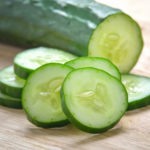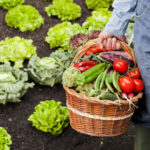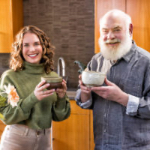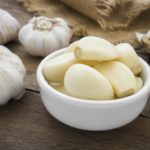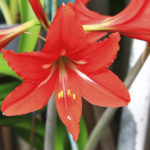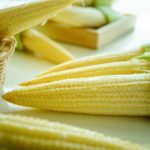Saguaro Harvest
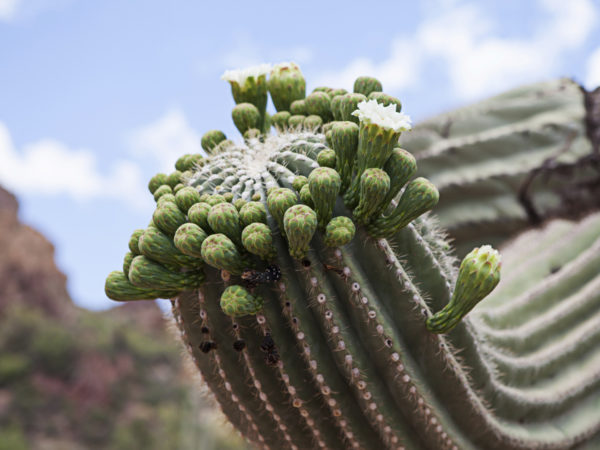
When considering the nutritional problems we have in the modern age, one fact sticks out. Our nutritional palette seems to be limited to a few very crops: corn, wheat, soy.
One way to get around this problem is to explore native foods. Even though we live here in the harsh Sonoran Desert, our native flora provides us many quality food resources that very few of us who live here have tapped. Cactus fruit, mesquite, pigweed (amaranth), and agave are just a few of the plants with healthy nutritional profiles that could help us control our blood sugar, get abundant vitamins and minerals, diversify our nutritional resources and save money.
The saguaro (Carnegia gigantea) is the king of cacti in the United States and the most conspicuous and memorable plant in the southwest. Towering from 30 to as much as 50 feet when mature, the saguaro is the desert’s old-growth tree, requiring over a century to reach these heights.
Though this was a rather mild summer here in Tucson, walking out in the desert at midday in July still was not fun. A saguaro-fruit excursion on July 7, 2009, took place in temperatures well above 100 degrees. And heat was not the only hazard: I watched the ground intently so as not to unwittingly step on rattlesnakes. Always harvest on private land, and be sure to get permission from the owner if the land is not your own.
I got to my destination, a nice hill crowned with a forest of saguaros. The first flush of fruit was ready. There would be several more flushes over the next month or so. Using a specialized pole, I pulled down the fruits that had started to blush. I popped one open, revealing blood-red flesh full of little black seeds. The fruit was mildly sweet and the seeds lent a nutty flavor. The pulp with seeds can be eaten fresh, though we also use the pulp in other ways too: we dry them until they have a dried-fig consistency, or we make preserves or syrup from them.
The tribes who once lived here found them indispensable as a food plant. Saguaro fruit was the first real food to be ready when supplies from the previous season were running low and they were waiting on the mesquite and other such important food plants to become ripe and ready.
The saguaro harvest was not just a food-gathering experience. The juice of the saguaro was fermented to make “saguaro wine,” an important part of elaborate ceremonies. This is largely because along with being the first food to come along, it also ripens about the time that monsoon rains come. As you can imagine, in a parched land like this, these rains were, and still are, highly anticipated.
A serving, roughly five fruits, has about 167 calories, four 4 grams of protein, 5 grams of fat and is high in soluble fiber and vitamin C.
By Jared R. McKinley, Guest Commentator
DrWeil.com News


